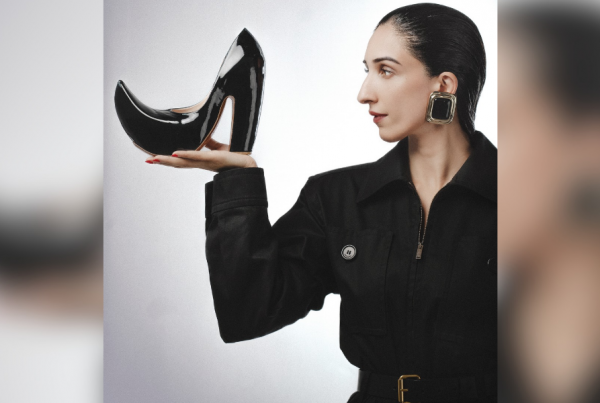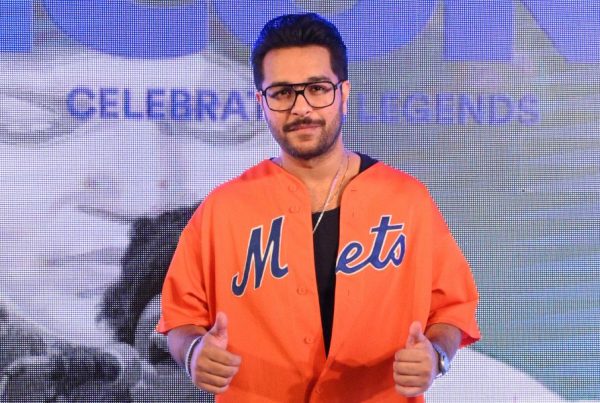Fashion, in Pakistan in particular, can’t just be about making beautiful clothes anymore. It also cannot be just about selling clothes albeit the economics of this aspect does make it a lot more significant. In this highly politicized world we live in, a world that the new millennium has turned into, fashion has got to be relevant beyond consumerism; it has to connect with life as we see it on the news every evening and create a space that pushes at its boundaries for change, inside out. We’ve been falling in with stereotypes for far too long. Fashion in the new millennium needs to have a purpose beyond the ornamentation of looking good. The singular purpose of ‘looking good’ was never fashionable anyway!
We’ve dangerously become a breed of people that judge and celebrate human beings on the colour of their skin and hair, their shoes and bags, the labels they wear or the places they vacation; the ‘likes’ are higher when images are clicked on exotic islands, in First Class cabins and seven star resorts. Instagram feeds are flooded with images of socialites and fashionistas whose popularity depends on the selfies they take and the pictures they upload. The ground reality is just as bleak. There was a time when fashion boasted individuality and originality; attending a fashion show would ensure you were exposed to a diverse smorgasbord of unique style. Nowadays it’s just about brands and labels and inadvertently, who’s promoting what. What in the world happened to uniqueness, to imagination and ultimately, goodness? There’s nothing wrong with celebrating beauty and glamour but to associate beauty strictly with privilege…that’s where the problem lies.

Michael Kors made a huge statement at New York Fashion Week by sending the ‘plus size’ model down the catwalk alongside regular models such as Kendall Jenner and Bella Hadid. Do plus size women not exist in Pakistan?
The catwalk nowadays has become a breeding ground for problems. Fashion campaigns peddle images that aim to sell a garment, not an idea or ideology. It’s all become an extremely tedious spin cycle of manufacture, promote and sell. The word ‘imagine’ seems to have flown out of the equation completely. The fashion industry, worldwide, is an arena for creativity; it is a community where unique, often ‘shocking’ ideas are celebrated and diverse identities are tolerated. But the ground reality, in Pakistan at least, is very different.
Why are designers not hiring transgender models, not as a statement for that one trophy shoot that will go viral but as a staple? Why do bridal designers and textile brands not hire models with short hair and dark skin? Why isn’t there a single plus size model on the catwalk despite the fact that the average Pakistani woman is not waif thin? Why are ‘aging’ models (which is extremely subjective) putting themselves through painful cosmetic procedures to retain their youthfulness while seeing them age gracefully would be a bigger statement to make. All these directives should be a choice that a woman chooses for herself NOT an ideal that is packaged and pushed down her throat.

Indian designer Masaba Gupta has become a poster child for dark skin and diversity.
I look for quirks and irregularities in fashion; unfortunately, there are hardly any these days. Across the border I find Indian designer Masaba Gupta, for example, to be such a beautiful example of how one woman turned her origin into her trademark. Love child of cricket legend Vivian Richards and Bollywood actress Nina Gupta, Masaba had to face extreme trolling from righteous elements when she was growing up but instead of shying away from her roots, she embraced them. Her Instagram feed celebrates the quirks and irregularities in her life; it is a pleasure to follow.
Diversity is what we desperately need but for change to be acceptable, there needs to be acceptance for change.
We need to push for this kind of change and demand for diversification. I’m sure plus-size women would want to see their sizes available in retail outlets; why does the average ready to wear size end at 14 when the average Pakistani woman is much larger? Generation, if I’m not wrong, is the only brand that offers a size 18; it is also one of the few brands that celebrates diversity in its campaigns. Why are designers not raising questions in their designs; politics was always a part of fashion movements, which made them so exciting. Deepak Perwani did the one Fix It collection a couple of years ago; I would like to see him design more collections like that. Sonya Battla takes up causes in her collections; she recently dedicated a collection to the revival of the Urdu language and is now speaking about Jinnah’s Pakistan and whether it is what we see today. She’s unafraid to make a statement through her designs. Ali Xeeshan’s last two bridal collections protested child marriages. But that’s about it. Everything else is a haze of pretty prints, ribbons, birds and buttons and the kind of veneer that glosses over all reality.
We talk about the need for evolution but to evolve, fashion must witness change, and now is the time to do it.





